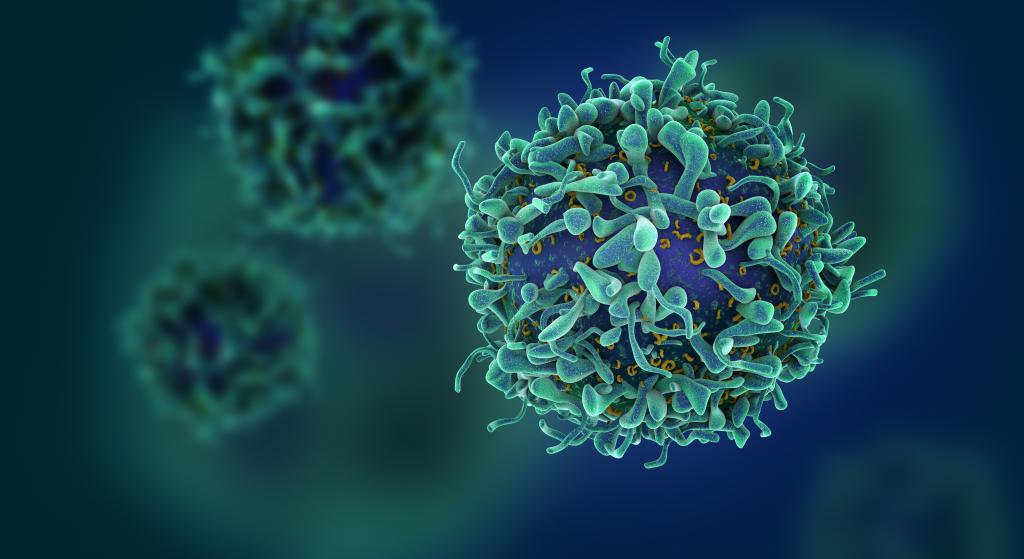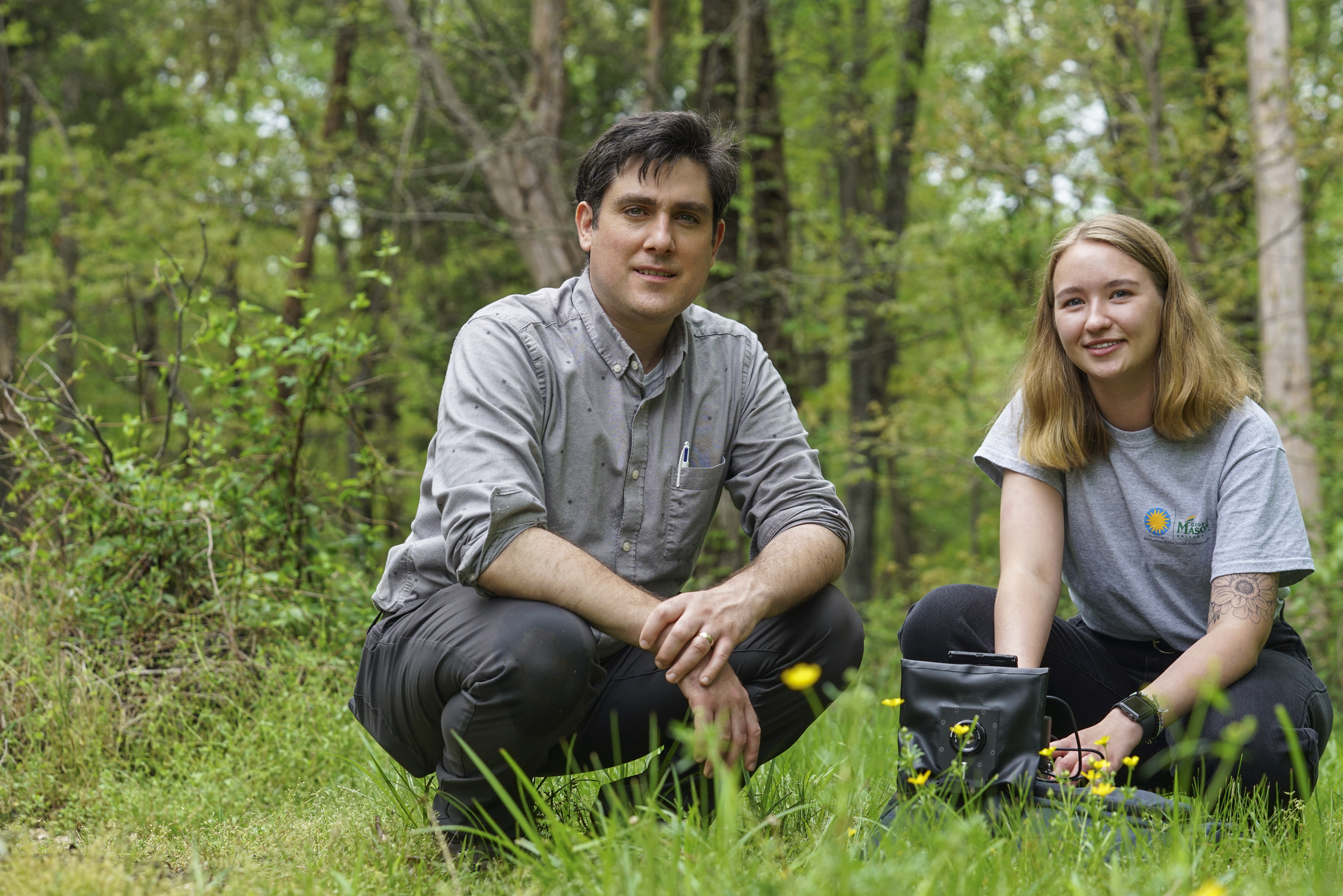Admission CTAs
New video camera system captures the colored world that animals see, in motion
Open-source camera and software system records natural animal-view videos with over 90 percent accuracy.
A Mason scientist and team of researchers developed a new camera system that allows ecologists and filmmakers to produce videos that accurately replicate the colors that different animals see in natural settings, according to a report in the open access journal PLOS Biology. Authors include Daniel Hanley, an assistant professor in the Department of Biology at George Mason University and Vera Vasas at the University of Sussex, UK, and colleagues from the Hanley Color Lab at Mason.
“We’ve long been fascinated by how animals see the world” Hanley said. “Modern techniques in sensory ecology allow us to infer how static scenes might appear to an animal; however, animals often make crucial decisions on moving targets like detecting food items and evaluating a potential mate’s display. Here, we introduce hardware and software tools for ecologists and filmmakers that can capture and display animal-perceived colors in motion.”
Different animals perceive the world differently because of the capabilities of the photoreceptors in their eyes. For example, animals like honeybees and some birds can see UV light, which are outside the range of human perception. Reconstructing the colors that animals actually see can help scientists better understand how they communicate and navigate the world around them. False color images give us a glimpse into this dynamic world, but traditional methods such as spectrophotometry are often time consuming, require specific lighting conditions, and cannot capture moving images.
To address these limitations, researchers developed a novel camera and software system that captures animal-view videos of moving objects under natural lighting conditions. The camera simultaneously records video in four color channels: blue, green, red and UV. This data can be processed into “perceptual units” to produce an accurate video of how those colors are perceived by animals, based on existing knowledge of the photoreceptors in their eyes. The team tested the system against a traditional method that uses spectrophotometry and found that the new system predicted perceived colors with an accuracy of over 92 percent.
“We were very surprised by how accurate the method was for quantifying colors on moving targets,” said Hanley. "It is great to involve our students in this meaningful research.”
This novel camera system will open new avenues of research for scientists, and allow filmmakers to produce dynamic, accurate depictions of how animals see the world around them, the authors say. The system is built from commercially available cameras, housed in a modular, 3D-printed casing, and the software is available open-source, allowing other researchers to use and build on the technology in the future.
For research or media inquiries, contact Daniel Hanley at dhanley2@gmu.edu.


